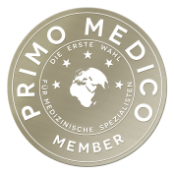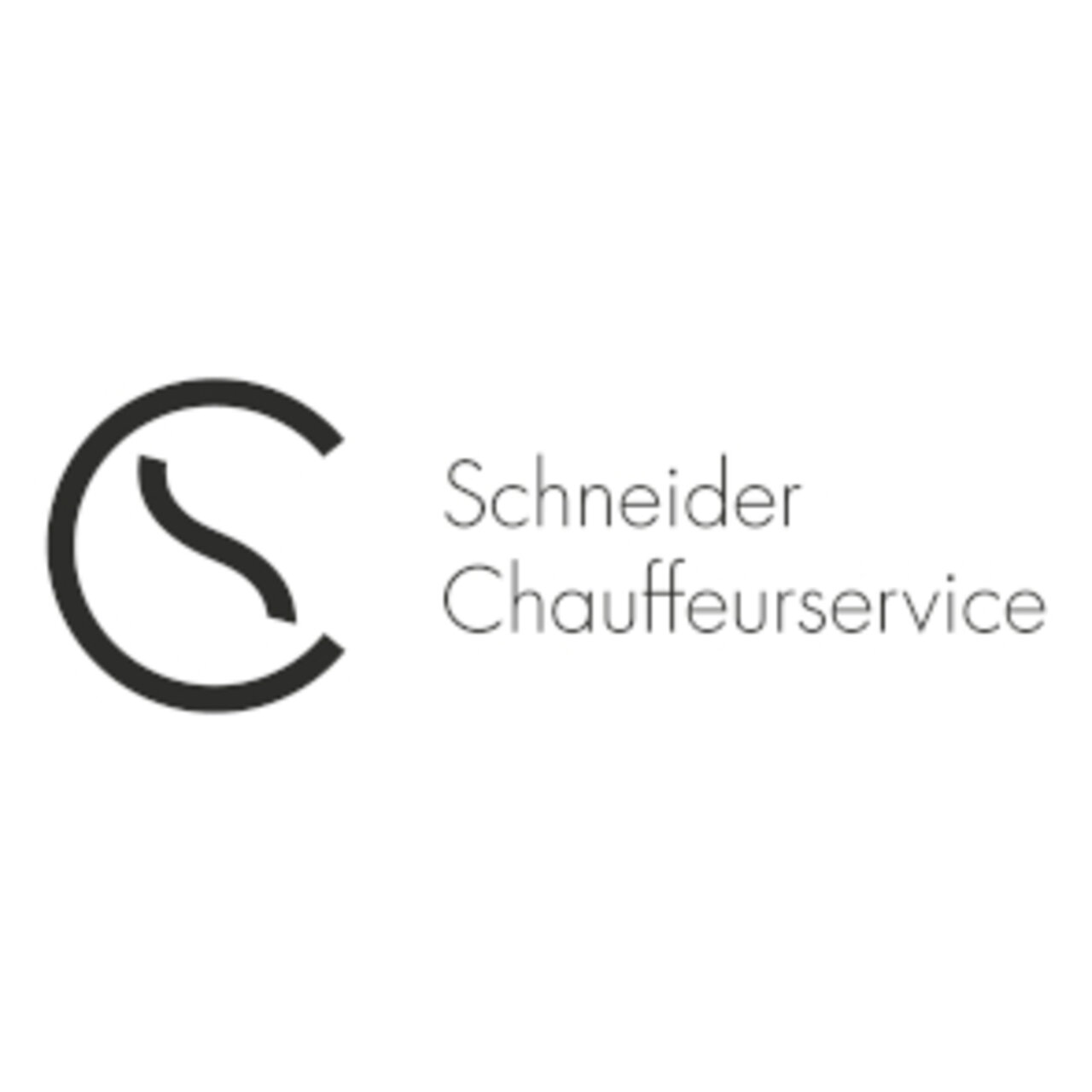Hip Specialist Heidelberg (Baden-Württemberg): Dr Jochen Jung
Treatment focus
- Conservative and medicated treatment of hip arthrosis (coxarthrosis)
- Hip endoprosthetics (THA (total hiparthtoplasty)) using the MAKO® robotic arm-assisted System
- Revision endoprosthetics (replacement of hip joint endoprostheses)
- Minimally invasive hip surgery (DAA, MIS)
- Injection therapy
Contact
ATOS Clinic Heidelberg
Heidelberg Orthopedic Surgery (OCH)
Bismarckstraße 9-15, D-69115 Heidelberg
P: +49 6221 773 3008(Private patients & self-insured) F: +49 6221 983 2535
Consultation Hours:
For Private Patients and Self-Payers
By appointment
Medical Range
Range of Diagnostic Services
- EOS X-ray (in practice)
In cooperation:
- X-ray
- CT
- MRI
- Open MRI
Range of Therapeutic Services
Therapy of the Hip Joint
- Conservative and medicated treatment of arthrosis of the hip, knee, and ankle joint
- Injection therapy
- Hip endoprosthetics and knee endoprosthetics using the MAKO® robotic arm-assisted system
- Minimally invasive surgical techniques (DAA, MIS)
- Complex revision endoprosthetics (replacement of hip and knee joint endoprostheses)
- Joint-preserving minimally invasive surgery on the hip joint
Therapy of Hip Joint in Children and Adolescents
- Hip dysplasia, sonography of the infant's hip, according to Graf
- Hip diseases, e.g., Perthes' disease, slipped femoral head
More Information
Card
Dr Jochen Jung is a specialist in hip surgery and head physician of the Heidelberg Orthopedic Surgery Department at the ATOS Clinic Heidelberg.
As a hip specialist, Dr Jung advises his patients comprehensively and individually on the options for therapy to relieve their hip pain. If implantation of an artificial hip joint cannot be avoided, Dr Jung uses minimally invasive techniques that are gentle on the soft tissue and ensure quick rehabilitation.
Specialist in Minimally Invasive Hip Surgery: Faster Recovery and Less Postoperative Discomfort.
Pain in the hip sometimes leads to a significantly reduced quality of life, and the constant discomfort can considerably limit the mobility of affected patients. The causes can be very different. Frequently, chronic complaints are associated with age-degenerative processes that lead to arthrosis.
However, younger patients may also already show signs of hip osteoarthritis for various reasons. Intensive sports with overload and hip malpositions are among the most common causes. But also, the impingement syndrome of the hip, which is associated with a blockage of the natural joint movement, inflammations in the context of systemic diseases, and femoral head necrosis, can cause pronounced hip pain.
If surgical therapy becomes necessary, patients can feel that they are in good hands in the orthopedic surgery department of the ATOS Clinic. The department provides years of experience in minimally invasive hip surgery. State-of-the-art procedures and robot-assisted interventions are part of the daily treatment spectrum.
Using the smallest instruments and special prostheses, keyhole surgeries, as they are called, offer the advantage of less soft tissue damage due to the procedure.
The minimally invasive procedure is muscle-preserving and bone-sparing, so patients can usually recover more quickly. Earlier mobilization of patients also reduces surgery-induced concomitant complications.
In the long term, new materials for prostheses also reduce abrasion and increase the durability of the implants. For this reason, they are also suitable for younger patients and athletes.
Holistic Approach to Hip Osteoarthritis: Conservative & Drug Therapy Options for Long-Term Results
Nowadays, numerous conservative therapy approaches can often initially avoid the surgical intervention of the hip. Physical therapy can be used to improve mobility and learn gentle exercises on the joint.
Medicated procedures can also initially provide relief. These include anti-inflammatory and pain-relieving drugs, which show success, especially in the early stages. In addition, cartilage injections and cartilage transplants can improve the joint environment. The remaining cartilage is supported in this way.
The conservative approach does not promise a cure, but significant pain relief can often be achieved. Surgical options should be considered if satisfactory pain relief is not achieved in the long term.
Trend-Setting Hip Surgery: Hip Arthroplasty with the MAKO® Robotic-Arm Assisted System
Only a few hospitals in Germany offer state-of-the-art surgical procedures with the MAKO robotic arm. Dr Jung's team in Heidelberg brings the necessary expertise to the new surgical procedure. The experienced surgeon also acts as a robotic arm instructor so that younger colleagues can learn the technique from him.
Dr Jung is the only German physician who trains other physicians throughout Europe in this modern technology. Doctors from various countries regularly visit Dr Jung and learn about this new surgical method. In the metropolitan region, Dr Jung is the only doctor using this method.
The robot-assisted intervention shows improved precision in the hip prosthesis implantation than was previously possible with implants inserted by hand, even by the most experienced surgeons.
Based on a previously carried out computer tomography, a precise image of the surgical area and the bone structure can be created. The surgical robot and the surgeon can then use this three-dimensional design to ensure that the prosthesis fits precisely to the millimeter based on the previously determined position and size of the implant.
This procedure, which is extremely gentle on soft tissue, helps to preserve muscles and tendons in the surgical area. It results in less swelling, less pain, and faster rehabilitation. Drainage is only necessary in exceptional cases; blood transfusion is the absolute exception.
The surgeons control the surgical robot at any time; the machine can't act independently. Planning the surgery before the intervention is of utmost importance and is discussed in detail by Dr Jung with the patient.
The robot-assisted approach is a distinct advantage, especially in more complicated procedures and revision prostheses.
Highest Expertise in Revision Endoprosthetics
The wear of an inserted hip prosthesis can cause pain. If the degenerative process causes the prosthesis to loosen, it is usually necessary to repeat the surgical treatment and replace the implant that caused the pain.
This type of surgery requires significant experience and must be individually adjusted for each patient. The loosened prosthesis is exchanged and then replaced with a revised prosthesis. Dr Jung's team in Heidelberg discusses the options in detail with the patient in advance.
Pain Relief Without Surgery: Injection Therapy as a Gentle Treatment Option
To avoid direct surgical therapy, injection therapy of the hip joint can be initially attempted. Especially in earlier stages of joint degeneration, this can improve the joint environment and support the existing cartilage, for example, by adding hyaluronan and/or platelet-rich plasma (PRP).
The consistency of the synovial fluid is improved, and its function as synovial fluid can be maintained again. Especially in inflammatory joint diseases, the synovial fluid is reduced, and hyaluronan is lacking. An injection with hyaluronic acid can provide relief in this way and slow down or even prevent progressive damage. The joint's mobility is maintained, and significantly longer pain-free walking distances can be achieved.
The injection is given directly into the joint using a puncture needle. In most cases, ultrasound-guided application is preferred to guarantee the exact placement of the injection. Much emphasis is placed on proper skin disinfection to avoid induced joint inflammation.
Please, visit Dr Jung's website for more information.
Curriculum Vitae
| Since 2021 | Head Physician Orthopedic Surgery Heidelberg (OCH) in the ATOS Clinic Heidelberg |
| 2014-2021 | Head Physician, Department of Orthopedics and Rheumatism Orthopedics, Kreuznacher Diakonie, Bad Kreuznach, Germany |
| 2012-2014 | Head Physician Department of Orthopedics and Trauma Surgery Marienhaus Klinik Ottweiler |
| 2002-2012 | University Hospital for Orthopedics and Orthopedic Surgery Prof. Kohn. Most Recently, as Managing Senior Physician |
| 2001-2002 | Berufsgenossenschaftliche Kliniken Bergmannheil Bochum - University Hospital / Prof. Muhr |
| 1999-2000 | Orthopedic Regional Hospital Kassel / Prof. Siebert |
| 1999 | Doctorate at the Eberhard Karls University of Tübingen |
| 1992-1999 | Study of Human Medicine at the Eberhard Karls University in Tübingen, Germany |
Extras
- Complimentary WLAN
- Occupancy beds in ATOS Clinic Heidelberg (private hospital with hotel comfort) and St. Josephs Hospital Viernheim
- Multilingual staff (German, English, Russian)
Transport Connections
| Heidelberg Main Station | 2 km |
| Frankfurt/Main Airport | 80 km |
| Stuttgart Airport | 130 km |
Information about Heidelberg
The city in Baden-Württemberg is located at the transition of the Upper Rhine Plain to the Odenwald Neckar Valley in the Electoral Palatinate on the Neckar River. The historically significant old town, the Neckar River, the world-famous Heidelberg Castle, and the Königsstuhl mountain form a unique cityscape. Heidelberg is internationally known simply because of its university, founded in 1386, and is the oldest in Germany and its old town. Even today, it remains a world-renowned center of science and business. In this respect, it marks the center of the Rhine-Neckar region.









